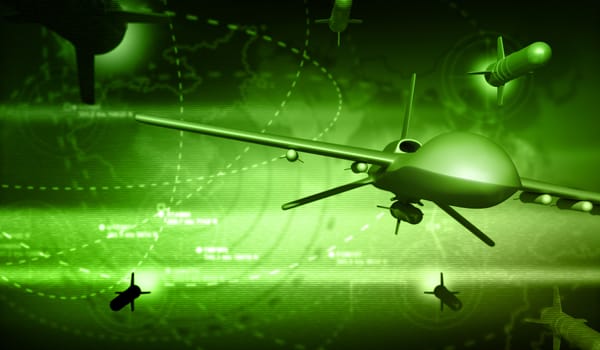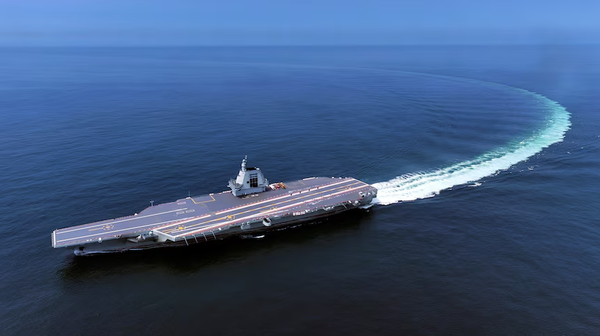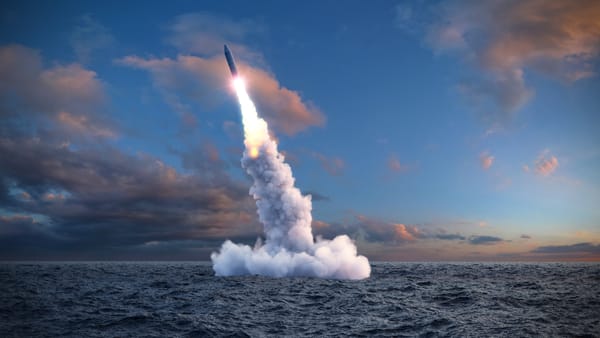Space Launch Systems

Space Launch Systems: A Critical Technology for National Power and Global Reach
Space Launch Systems (SLS) are the backbone of a nation’s ability to access and operate in outer space. These systems encompass the rockets, propulsion units, launch infrastructure, and supporting technologies required to place payloads—including satellites, spacecraft, and crewed missions—into orbit or beyond. As the enablers of both commercial and government space missions, SLS are pivotal for communications, navigation, earth observation, space science, and national defence. Advances in this domain are shaping not just access to space but the nature of global competition across multiple domains.
Strategic Importance
The ability to develop and operate Space Launch Systems underpins national sovereignty in space. Owning and controlling launch capabilities ensures secure, independent access to space-based assets, which are increasingly central to critical infrastructure, military operations, and economic development. For strategic capability, SLS are foundational for deploying satellite constellations that support command, control, communications, intelligence, surveillance, and reconnaissance (C4ISR). They are also essential to deterrence, resilience, and rapid response in the event of geopolitical conflict or natural disasters. Beyond defence, SLS are key to positioning nations at the forefront of space exploration, asteroid mining, and the burgeoning space economy.
Top 5 Nations Leading This Capability
- United States – Home to both legacy (NASA) and commercial (SpaceX, Blue Origin) pioneers, the U.S. dominates global launch activity. Its innovation ecosystem and extensive infrastructure drive frequent launches and reusable systems.
- China – Through its state-owned China Aerospace Science and Technology Corporation (CASC), China operates a growing and diversified launch capability, including human spaceflight and lunar missions.
- Russia – A long-standing space power, Russia continues to field reliable launch systems like Soyuz and Proton, although economic constraints and sanctions are pressuring its competitiveness.
- European Union – Through the European Space Agency (ESA) and industry partner Arianespace, Europe maintains a strong presence, with Ariane and Vega launchers servicing commercial and government clients.
- India – The Indian Space Research Organisation (ISRO) has matured rapidly, offering cost-effective launch services and demonstrating increasing ambition, including lunar and interplanetary missions.
Future Outlook
Space Launch Systems are poised for transformative change driven by commercialisation, reusability, and miniaturisation of payloads. Reusable launch vehicles—pioneered by SpaceX—are dramatically reducing costs and increasing launch cadence, enabling broader access to space. Emerging players like South Korea and Japan are accelerating domestic programs, while private entrants globally are innovating on micro-launchers tailored to small satellite markets.
Strategically, there is a shift toward rapid-launch capabilities to ensure resilience in contested space environments. Countries are investing in modular and mobile launch systems to maintain space access during conflict or crisis. Meanwhile, international competition for lunar presence and Mars exploration is pushing the development of heavy-lift systems capable of interplanetary missions.
As space becomes more contested and congested, leadership in Space Launch Systems will define not just technological edge but geopolitical influence. Nations that can rapidly, reliably, and independently access space will set the terms for cooperation, commerce, and security in the final frontier.




